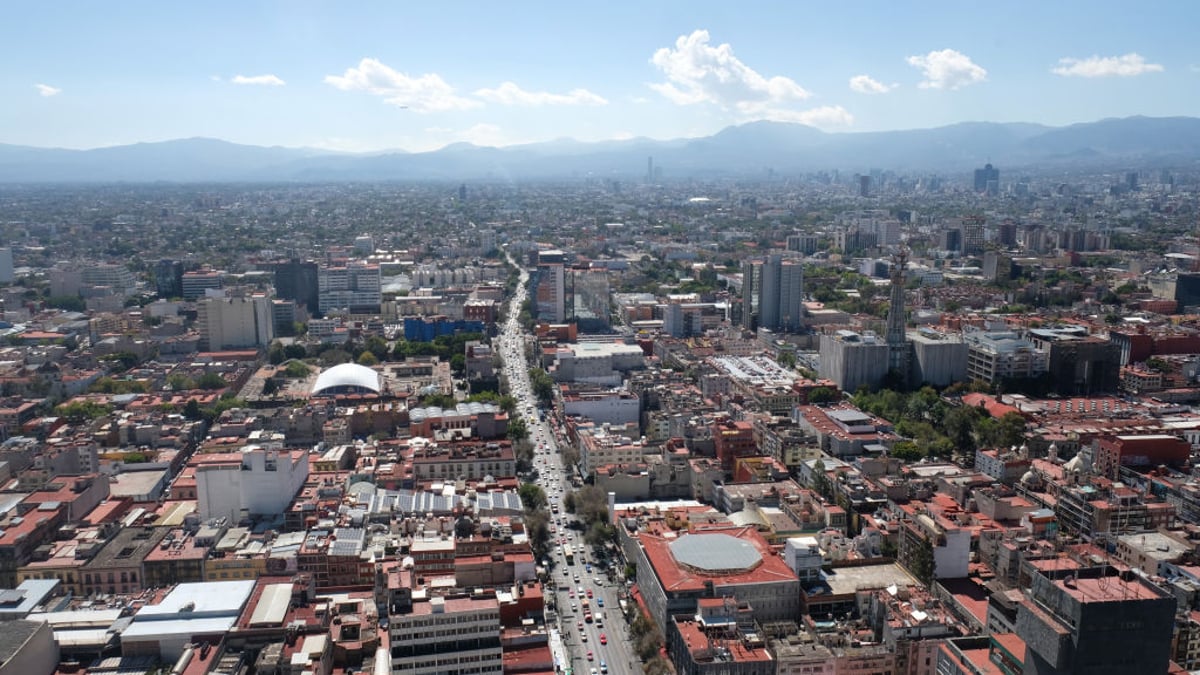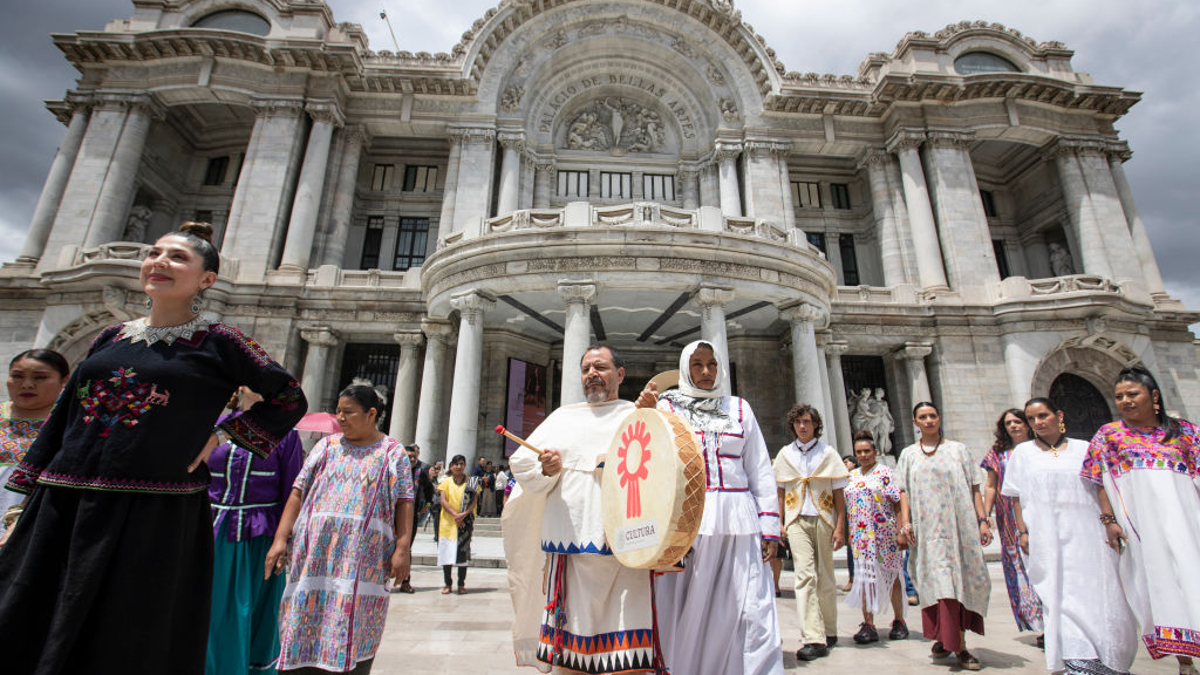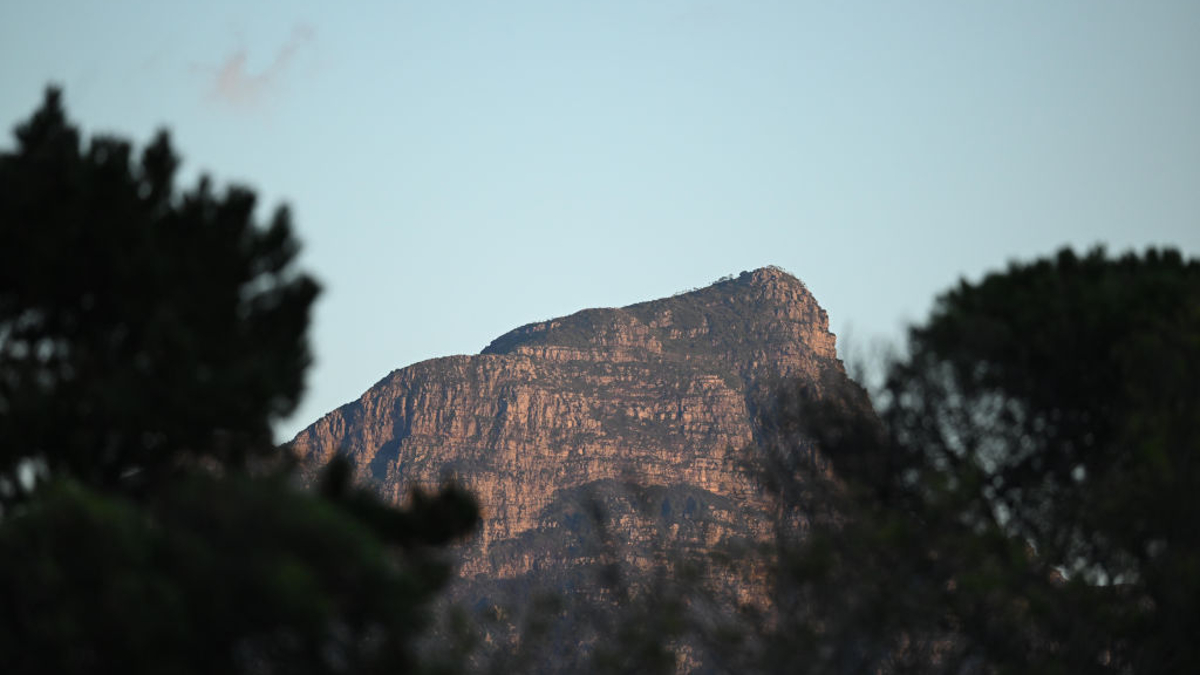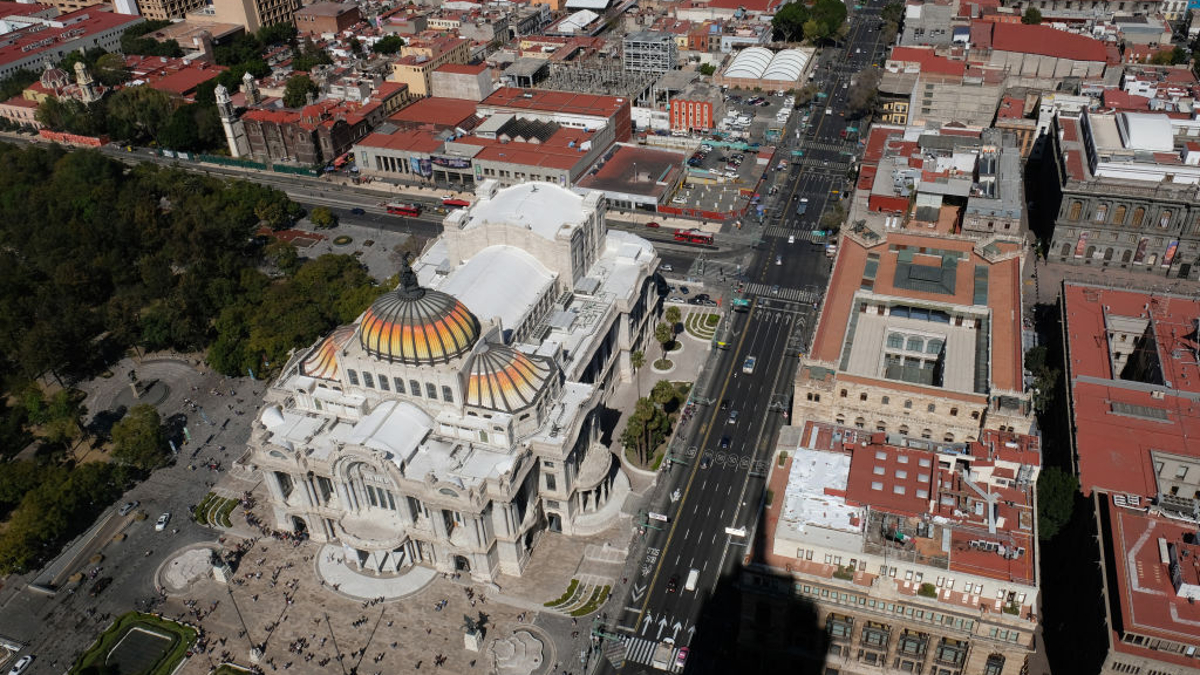There are few places in the world like Mexico City. The largest Spanish-speaking city on the globe is a cultural and culinary hotspot, and is also surrounded by gorgeous mountain vistas and beautiful hiking trails. But CDMX, as the city is often referred to, is suffering from many problems. The city was built on a lake, which means that it’s slowly sinking. However, there’s another water-based issue that’s beginning to take a toll on the local population, and it’s even more pressing than the well-known lake problem.
As per CNN, Mexico City is currently undergoing somewhat of a water crisis, and the city may even run out of the precious liquid in the next few months. This would obviously be devastating to the millions that live there, but would also have wide-reaching consequences for the rest of the Central American nation, as CDMX is such a big driver in its economy.
Like many large settlements, the city suffers from huge income disparities, and the consequences of this dry period are affecting those neighborhoods (or colonias, as they’re known locally) the most. However, some local politicians have downplayed the severity of the crisis, noting that the city gets its water from several sources, and once rains return the issue won’t be so bad. So, is Mexico City running out of water? And what other cities are in danger of something similar happening?
Is Mexico City running out of water?

Water shortages have long been occasional occurrences in certain parts of the city, especially in poorer colonias like Doctores and Tlalpan. While there are plenty of places to buy bottled water, that is often reserved for drinking, and even though it is generally not too expensive the costs can add up, especially for residents with lower levels of disposable income.
The city’s water issues stem from several deeply rooted problems, and like many issues today are being exacerbated by climate change. The longstanding problems include CDMX’s unique geography, an old and leaky infrastructure, and the way the city has sprawled out so rapidly. This has combined with low rainfall and extended hot and dry periods, which is how the city finds itself in its current situation. Now, officials have had to introduce restrictions on the water that’s being pumped into the city from reservoirs.
While politicians claim this will pass, many experts have been ringing the alarm bells and saying that Mexico City will have a huge number of taps run dry in the next few months. They’re referring to this potential catastrophe as “day zero,” with some experts saying it could arrive as soon as June 2024.
Of course, the city has always had issues related to water as it was built on a lake that has been slowly drained. When the Aztecs chose to build their capital here, they worked in harmony with the water, constructing canals and bridges to make trade easier. After European colonists arrived, they did what they had done in other parts of the world and wrecked the natural ecosystem in the name of profit.
Over time, wetlands, rivers, and other bodies of water have been replaced by modern materials that add to floods during rains, and make everything drier in the sunnier, hotter parts of the year. Despite once being surrounded by water, the city has long been getting the liquid from an underground aquifer, but that has been tapped aggressively for so long that its level is currently dropping at an unheard of 20 inches a year. The concrete and asphalt that now paves the city means that rain doesn’t sink into the ground and replenish it, either.
Other sources of water for CDMX are carried in via an inefficient process that involves it being pumped uphill, and as much as two-fifths of the liquid gets lost along the way via leaks. Basically, the city is operating on around half the water it currently should, as confirmed by the head of economic growth and environment at UAM, Fabiola Sosa-Rodriquez.
Currently, city authorities have reduced the water supplied by the system by a quarter, blaming the extreme weather. This comes after a summer of intense heat waves, driven by climate change. While the prospect of “day zero” does loom large over the city, there is a very large chance that it can be avoided this year. However, many of those advocating for a restructuring of CDMX’s water system have argued that even if the city doesn’t run out this time, this is a stark warning that preparations have to be made for the future.
What can Mexico City do to avoid running out of water?

Many solutions to the drought issue in Mexico City have been put forward by experts, some of which are feasible. Improving wastewater treatment and implementing better rainwater capture are two of the most obvious and practical. Fixing leaks in the creaky pipe system would also help. Longer term solutions include restoring rivers and wetlands, and have added environmental benefits.
A major barrier to solving the problem is that more affluent colonias like Polanco and Condesa aren’t suffering from these issues. These areas are often also filled with American and European remote workers and expats, who have less of a stake in solving the city’s problems as they are living there in the short to medium term. By contrast, poorer neighborhoods have long been suffering, with many having to rely on the city’s water trucks which have been coming with less and less frequency.
What other cities are in danger of running out water?

Mexico City isn’t the only major city in the world that is facing dire water issues. Plenty of cities in the U.S. are suffering, including Miami and L.A.
However, when we’re talking about a scale of water insecurity that’s similar to CDMX, you have to look outside the States. Sao Paolo is having similar issues. Cape Town in South Africa famously nearly had their own “day zero” a few years ago. In Europe, Istanbul, Seville, and many other southern spots are also struggling.
The Middle East and North Africa have also been prone to these issues for a while, but global warming has made them worse, especially in the Egyptian capital of Cairo. Riyadh, which was built on an aquifer, is suffering despite massive investment in new water solutions. In Asia, Beijing is struggling, as are some large Indian cities including Bangalore and Chennai. Jakarta is also likely to face water rationing as the dry season drags on.
Even places in wetter climates are having issues. Famously green England has seen its underground water sources depleting at a faster rate than ever thanks to hot weather arriving earlier, and temperatures becoming more extreme during summer. While they are not facing any issues yet, many experts believe that by 2040 there could be regular water rationing during the warmer months. But at least Exxon secured $36 billion in profits last year!

